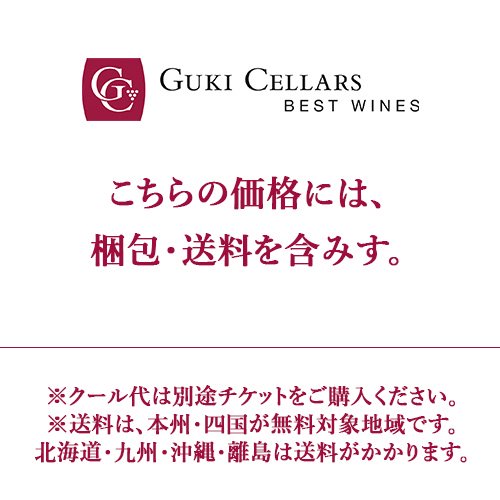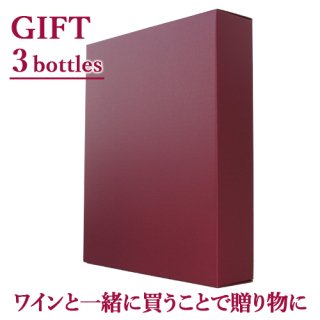USA
-
ウィラメット・ヴァレー
The Willamette Valley -
南オレゴン
South Oregon -
コロンビア・ヴァレー
The Columbia Valley -
ノース・コースト
The North Coast -
セントラル・コースト
The Central Coast -
サウス・コースト
The South Coast -
セントラル・ヴァレー
The Central Valley -
ピュージェット湾
The Puget Sound
-
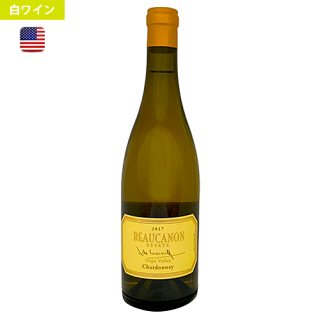

00138-17 2017
ボーカノン・エステイト シャルドネ
Beaucanon Estate Chardonnay
送料無料 (本州・四国)5,807円(内税) -


00298-17 2017グレンブルック・ヴィンヤード・シャルドネ
Glenbrook Vineyard Chardonnay
送料無料 (本州・四国)2,639円(内税) -
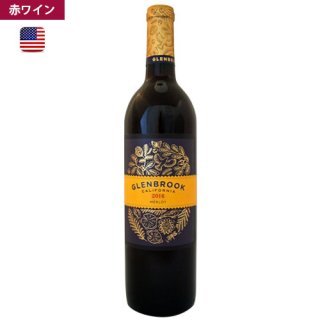
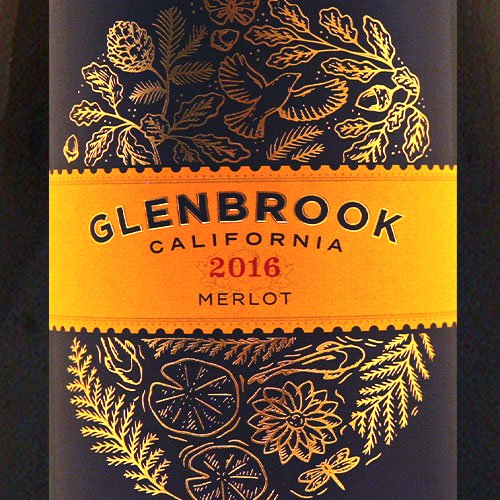
00299-16 2016
グレンブルック・ヴィンヤード・メルロー
Glenbrook Vineyard Merlot
送料無料 (本州・四国)2,639円(内税) -
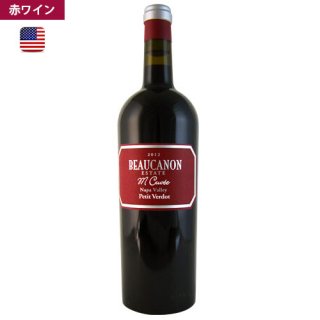

00301-12 2012 ボーカノン・エステイト・プティ・ヴェルド
Beaucanon Estate Petit Verdot
送料無料 (本州・四国)5,411円(内税) -
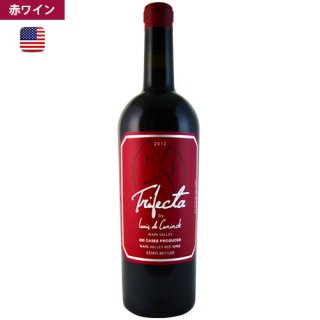

00271-12 2012
ボーカノン・エステイト・トライフェクタ
Beaucanon Estate TRIFECTA
送料無料 (本州・四国)SOLD OUT -


00321-17 2017
マグナ・テッラ・ピノ・ノワール
Magna Terra Pinot Noir
送料無料 (本州・四国)SOLD OUT

誰が米国に初めてワイン用のブドウを植えたかに関しては諸々の説がありますが、フロリダでフランス・ユグノー系開拓者たちが、1562年に地元のブドウ品種を使用して米国で最初のワインを造りました。しかし、これらの在来種から造られたワインは好まれないことが分かりました。ほとんどのワイン愛飲家はヨーロッパのブドウ品種(ヴィティス・ヴィニフェラ)で造られたワインに慣れていたので、これら在来種の風味と強い酸味は彼らの興味を引きませんでした。
その結果、ヴィティス・ヴィニフェラ品種はヨーロッパから輸入されましたが、そのブドウは、アメリカ在来のブドウの病気と害虫に屈して、結局栽培をすることは失敗に終わりました。その状況に対し、交配品種が開発されました。1740年に発見された(自然交配の)アレキサンダー種は交配品種の最古のもので、今でも栽培されています。
ブドウ栽培することとワイン醸造することは、実にゆっくりと広まって行きました。1769年に伝道者たちがカリフォルニア州に最初のワイン醸造所を設立しました。1799年に最初の消費市場向けのワイン醸造所とブドウ畑が、ケンタッキー州に開設されました。19世紀に入るとワインは益々人気が高まりました。しかし、1919年に禁酒法が制定され、消費市場向けのワイン生産は中止されました。ワインは聖餐の目的に使用されることだけは許されました。1919年と禁酒法が撤回された1933年の間で、聖餐用ワインの消費高が100%にまで増加しました。ボルステッド法は、ある限られた範囲で、ブドウ栽培の産業を救いました。家庭で発酵したフルーツジュースを造ることは許されました。結果として、その期間にホームワインを造るためにたくさんのブドウが出荷されました。規制を回避する別の方法は、“Vine-go”と呼ばれるブドウゼリーを使うことでした。そのゼリーは、水を加えると発酵してワインになるものでした。しかしながら、禁酒法はそれまでに定着したワイン産業に相当な打撃を与えました。ほとんどのエステイトやワイン醸造所は閉鎖を強いられました。また、多くの“ホームメイド”や“聖餐用”ワインがまずく造られたので、ワインの質もかなり劣っていました。
禁酒法の撤回後、ワイン産業が再開するのに時間がかかりました。造られたワインは当初は安物で甘いものでした。ヨーロッパのブドウ品種(ヴィティス・ヴィニフェラ)で造られたワインが高品質であると認められ、1960年代と1970年代にカリフォルニアワインが国際的承認を得て以来、この事態は変わりました。その時以来、米国におけるブドウ栽培やワイン醸造の知識や技術は大いに飛躍しています。事実、米国ワインの生産量だけでなく品質についても、米国は世界有数のワイン生産国の1つになっています。築き上げた品質と伝統を確かなものにしているのですが、ヨーロッパのワイン生産者は数多くの規定にとらわれています。一方、米国のワイン生産者は極めて少ない制限の下で生産しています。生産者が望めば(生産者同士で)最も進歩している醸造技術を体験し合ったり、ブドウ畑に灌漑したり、品種を取り換えるために素早く新しい品種に接ぎ木したり、また市場状況の変化に事業を順応させることも可能です。米国で優れたワインを見つけることが出来ないということは、まず無いでしょう。
今日、米国の50州全てでワインは造られていますが、その中の4州だけで生産されているワインは全体の97%を占めています。それらは、カリフォルニア州(およそ89%)、ワシントン州(およそ3.5%)、ニューヨーク州(およそ3.3%)、オレゴン州(およそ1%)です。
Although several claims exist as to who planted the first vines in the US, it appears that French Huguenot settlers in Florida, using a local grape variety, made the first wines in the US in 1562. However, it turned out that the wines made from these grape varieties were not appreciated. Their flavors and high acidity did not appeal to wine drinkers, most of whom were accustomed to wines made from European (Vitis vinifera) varieties.
As a result, Vitis vinifera varieties were imported from Europe, only to have the plantings end in failure as the grapes succumbed to local vine diseases and pests. To counter the situation hybrid varieties were developed. The Alexander variety (a natural crossing) discovered in 1740 is the oldest of them and is still grown today.
Yet, ever so slowly planting vines and producing wines took on. Missionaries established the first winery in California in 1769. The first commercial winery and vineyard was established in 1799 in Kentucky. Wine became more popular in the 19th century. But commercial wine production was discontinued when the Prohibition was instituted in 1919. Wines were permited to be used only for sacramental purposes. It is said that during the years between 1919 and 1933 (at which time the Prohibition ended) the consumptiion of sacramental wines had increased by 100%. The grape growing industry was saved; to some extent, by the Volstead Act. It permitted to produce fermented fruit juices at home. As a result lots of grapes were shipped during the period to make them into home wines. Another way to circumvent the regulation was the use of a grape jelly called "Vine-go," which, after adding water fermented into wine. However, the Prohibition damanged the, by then, well-established wine industry considerably. Most estates and wineries were forced to close. The quality of wines too suffered as most "home made" and "sacramental" wines were poorly made.
After the repeal of the Prohibition Act it took some time for the wine industry to get going again. The wines which were produced were initially cheap and sweet. This changed when Californian wines gained International recognition in the 1960s and 1970s by producing high quality wines made from European grape varieties (Vitis vinifera). Since then the knowledge and techniques of growing and producing wines in the United States has increased tremendously. In fact, the US has become one of the leading wine producers in the world not only by quanitty but also for the quality of its wines. While Europe wine makers are bound by many regulations ensuring that established qualities and tradition are kept, wine makers in the US operate with very few restrictions. They can experiment (among others) with the most advanced producing techniques, irrigate the vines and quickly graft on new grape varieties to change and adap their business to changing market conditions, if so desired. It is almost impossible not to find a suitable wine in the US.
Today wines are produced in all 50 US states though only four of them account for 97% of all wines produced, namely California (about 89%), Washington (about 3,5%), New York (about 3,3%) and Oregon (with just about 1%).











